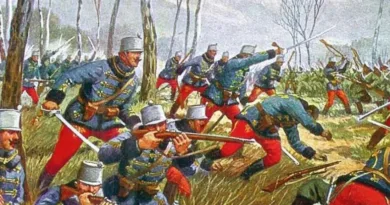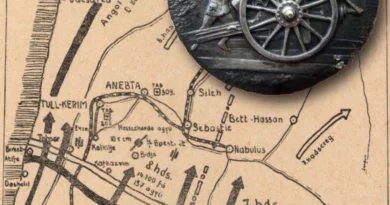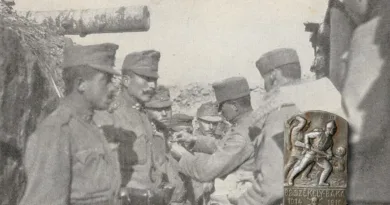March 1917: attack on the Magyaros roof
Winter warfare continued this month. Exhausted troops carried out smaller actions. No major operations took place on the fronts of the Monarchy. Among the enterprises, the attack on the Magyaros roof on March 8 was outstanding in terms of preparation, precision of planning and professional execution. This action also had only local significance. As a result, the high ground dominating the valleys of the Úz and Csobányos rivers returned to Austro-Hungarian hands. This facilitated the movement of material and troops in the valleys.
The mountain peak was occupied by the Russians as early as December 1916. Attempts to take it back were unsuccessful. Therefore, the German commander of the front section, general Litzmann, instructed the commander of the 39th army division defending the area to develop a new plan to capture the mountain. The new plan was enriched with two main elements. German and Hungarian heavy artillery arrived on the front section. These batteries were able to effectively attack Russian emplacements and battery positions marked by aerial reconnaissance. On the other hand, the regiments of the 39th Division, especially the 10th Honvéd Infantry Regiment, were thoroughly prepared for the assault. The course of the attack was rehearsed in nearby Csikzsögöd.
The attack took place on March 8, 1917. After effective artillery preparation, the well-prepared assault troops quickly reached the top of the mountain and occupied the Russian positions. Russian counterattacks launched during the day were successfully repulsed. The enemy tried to recapture the mountain for about a week, but they didn’t succeed.

The assault was eminently successful. It achieved the goal in a short time. The loss of approximately 2,000 Russians was many times higher than the losses of the Hungarian and German troops (roughly 400 dead and wounded). The carefully planned attack was later included in the educational materials of the assault companies. A more detailed description of the attack can be found here.

Among the badges that commemorated the event, I have already presented the 39th Division’s. I am now publishing the insignia of the 10th Honvéd Infantry Regiment. It shows charging honvéd troops. The design of the badge was based on an original photo taken during training in Csíkzsögöd. The attached contemporary photo was taken under Magyaros peak. It shows a 300-meter open field on which the 10th honvéds had to reach the Russian positions.




